By Shi Yuanfeng and Wan Shuyan from CNS
Karl-Heinz Pohl, a renowned German Sinologist, taught at the University of Trier in Germany until his retirement in 2010. He was the dean of the Faculty of Literature and Media at the university and head of its Department of Sinology, as well as a former professor of Chinese literature and philosophy at the University of Tübingen. His research interests include the history of Chinese philosophy, ethics and modern Chinese aesthetics and cross-cultural communication and dialogue between China and the West. He is the author of several monographs such as Chinese Aesthetics and Literary Theory (in German and Chinese translation), Chinese Thought in a Global Context, Intercultural Dialogue with China (in Chinese), and Discovering China: Tradition and Modernity (in German and Chinese translation). Prof. Pohl translated Peach Blossom Spring—The Poetry of Tao Yuanming and eminent philosopher Li Zehou’s The Path of Beauty into German.
Though Sinology in Europe started only 200 years ago, European translations of Chinese literature appeared much earlier in the sixteenth century. Karl-Heinz Pohl feels that despite the role played by Sinology and translations in creating exchanges between China and the West, there is still an “asymmetry” due to the “hegemonic discourse” of the West, which has many misunderstandings and prejudices about China. However, translations can convey the “beauty” of Chinese culture to the West, remove misunderstandings and help both to hold exchanges and learn from each other.
CNS: You have been studying Chinese philosophy and modern aesthetics for years, and you have also translated many Chinese classics and published academic monographs. How did you become interested in Chinese culture?
Karl-Heinz Pohl: I became interested in Chinese culture through (Chinese author, philosopher and translator and Harvard scholar) Lin Yutang’s inspiring book The Importance of Living, which I read in high school. It shows the fascinating differences between Chinese and Western cultures. Later, I read a book on Zen—a classic by British-American philosopher Alan Watts, The Way of Zen, which was equally amazing. The book claims that Zen is more of a Chinese philosophy than Japanese, as it is a fusion of Indian Buddhism and Chinese Taoism. I am a Catholic, and my encounter with Zen was inspiring and broadened my worldview considerably. It also led me to switch from geophysics to Sinology studies at the University of Hamburg in Germany more than five decades ago.
CNS: Has studying Chinese culture been a spiritual journey? How has Chinese culture impacted you? How do you introduce it to the West?
Karl-Heinz Pohl: First, I studied the rich history of ancient Chinese thought. Although my interest began with Buddhism, I soon became interested in Confucianism and Taoism as well. I learned that these worldviews were not mutually exclusive, but complemented and influenced each other. Today, I find each of these three schools of teachings equally fascinating. I then studied modern Chinese history, particularly the impact of European colonialism and Japanese militarism on China, historical incidents such as the Opium Wars, the Boxer Uprising and the War of Resistance against Japan, and I began to understand how this history has influenced the mindset of the Chinese today. When I teach or write about Chinese culture, I first try to explain the characteristics of the Chinese language and then the influence of Confucianism, Taoism and Buddhism on the everyday life of the Chinese. I also talk about Chinese history that spans several thousand years, unique in the world for its long existence. Finally, I try to explain how to understand Chinese behavior through Chinese culture.
CNS: You translated Peach Blossom Spring—The Poetry of Tao Yuanming and Li Zehou’s The Path of Beauty: A Study of Chinese Aesthetics into German. How did you handle the “untranslatability” of translation?
Karl-Heinz Pohl: In 1982, I did my doctoral dissertation at the University of Toronto in Canada on Zheng Banqiao, 18th-century poet, painter and calligrapher. To do my research, I made my first trip to China in 1981, staying in Nanjing for two months, where I was mentored by a calligrapher. That was a great experience and gave me a better understanding of Zheng Banqiao’s background.
On that trip, I developed a keen interest in Chinese poetry. When I returned to Germany from Canada, I decided to translate the entire collection of Tao Yuanming’s poems into German. In the process, Chinese aesthetics captivated me more and more. After Li Zehou’s The Path of Beauty (on the philosophy of Chinese art and literature) was published, I translated it with my students. I invited him to Germany, and he spent six months at the university where I worked. Later I invited him again and kept in touch with him until he passed away (in November 2021).
Translations are sometimes difficult because of the differences between Chinese and Western thought, but they can be overcome. Translating writings in the classical style is more difficult as the language is extremely rich in meaning and esoteric, and not always easy to understand, even for Chinese scholars. The Zhou Yi (Book of Changes), an ancient Chinese divination text, for example, has been interpreted differently by different Chinese scholars.
Poetry is the most difficult to translate because of its form. As the saying by Robert Frost goes, “poetry is what gets lost in translation.” The form cannot be fully reflected by translation, such as the tone patterns in (Tang Dynasty poet) Du Fu’s poems. Therefore, the translation of a Chinese poem into German can only convey its content, but hardly the beauty of its form.
CNS: How similar or different are Chinese and Western aesthetics? What are the characteristics of the communication between modern Chinese and Western aesthetics? Where can they learn from each other?
Karl-Heinz Pohl: Western aesthetics is a sub-discipline of philosophy. In the West, it is not considered a significant area anymore. In Chinese history, on the other hand, aesthetics is considered to be a unique “Chinese way” of exploring artistic and literary creativity, and the essence of poetry, calligraphy and painting. Chinese aesthetics is also closely related to cultural identity. When Western thought was introduced in China about 150 years ago, the Chinese believed that Chinese culture was shaped by aesthetics, while Western culture was shaped by Christianity. Cai Yuanpei, an influential Chinese philosopher and politician, advocated “aesthetic education instead of religion.” Thus, aesthetics is important to the discussion and understanding of a “Chinese identity.” The “aesthetics fever” in China in the 1980s (a cultural trend accompanying the economic reform and opening up of China), which was influenced by Li Zehou’s writings, would never occur in the West. We Westerners need to have a better understanding of the importance of aesthetics to the Chinese identity.
CNS: Cross-cultural communication and dialogue between China and the West is also your field of study. What do you consider to be the origins of the Chinese and Western value systems? How can intercultural dialogue be carried out between China and the West?
Karl-Heinz Pohl: The Western value system originated in Christianity. Although today the influence of religion has greatly diminished and is not so obvious, it is important to understand this background. This is why I call Western values post-Christian values. The origin of the Chinese value system is Confucianism, which has been the core of traditional Chinese culture and forms the moral foundation of the Chinese society. The Chinese values today still retain the Confucian precepts of “benevolence, righteousness, etiquette, wisdom and trust.”
Cross-cultural dialogue should be conducted with mutual respect and willingness to learn from each other. Both sides should try to understand each other’s point of view and the other’s civilization by thinking the way the other thinks.
CNS: How can translation inspire communication between China and the West today?
Karl-Heinz Pohl: Cultural development relies heavily on translation, just like the Bible, which was translated from Hebrew into Greek, from Greek into Latin, and from Latin into English... not to mention the translations between English, French, German, Spanish and other languages. In China, translations of Indian Buddhist scriptures once had a great impact on Chinese culture, and translations of Karl Marx’s works also had a profound impact on modern China.
As for translations between Chinese and Western languages, a main problem is the “asymmetry”: The Chinese have translated almost all the Western classics into Chinese, but Westerners know very little about China. Although Sinologists have played a critical role in promoting cultural exchange and mutual understanding between China and the West, it is far from sufficient.
This is because of the position of the West for centuries. Western ideas and perspectives have become the norm, the so-called “hegemonic discourse,” and Western views and ideas have influenced the entire world. China has also learned a lot from the West.
This “asymmetry” can be rectified only when China shows more cultural confidence on the global stage. It will then also make the West want to understand more about China.








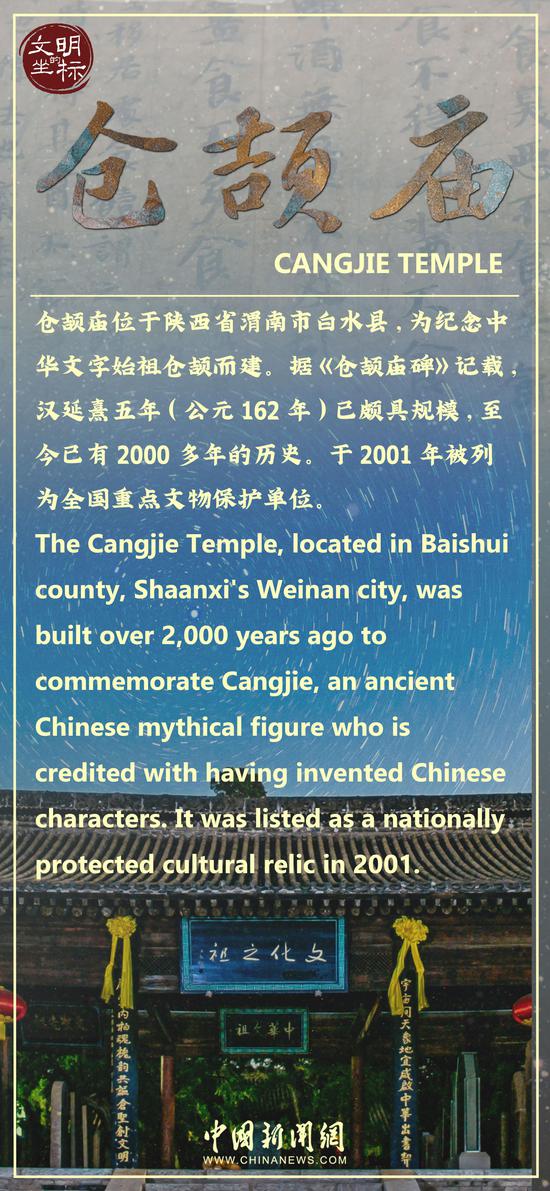
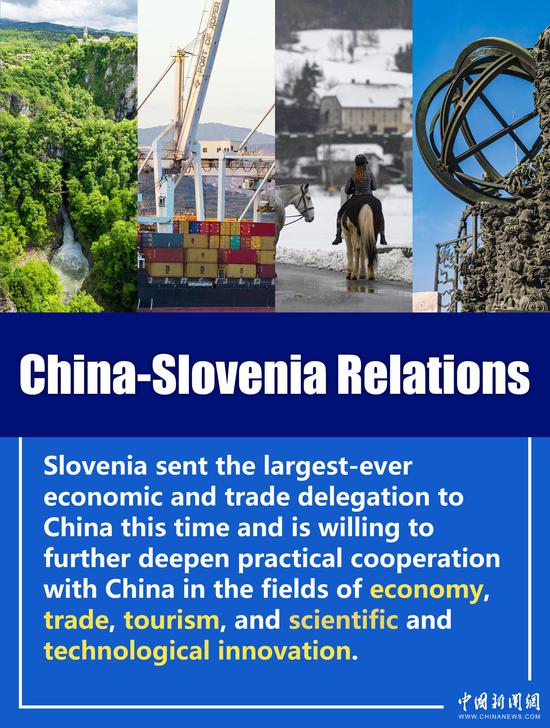



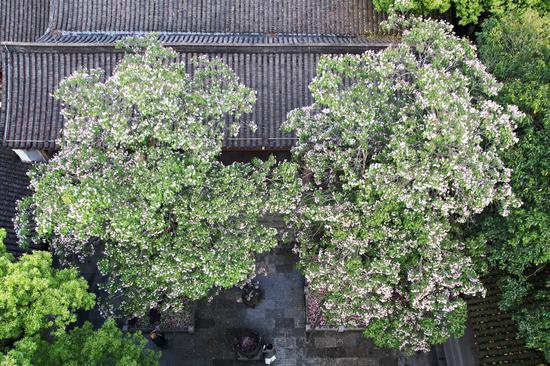
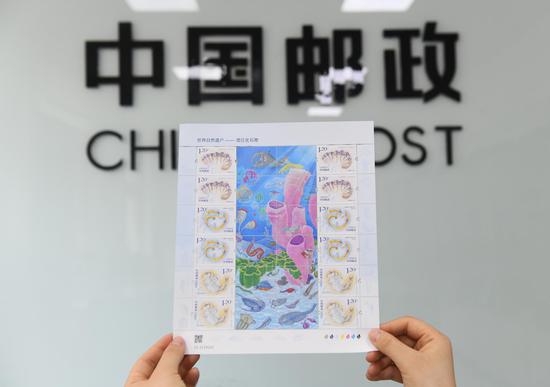
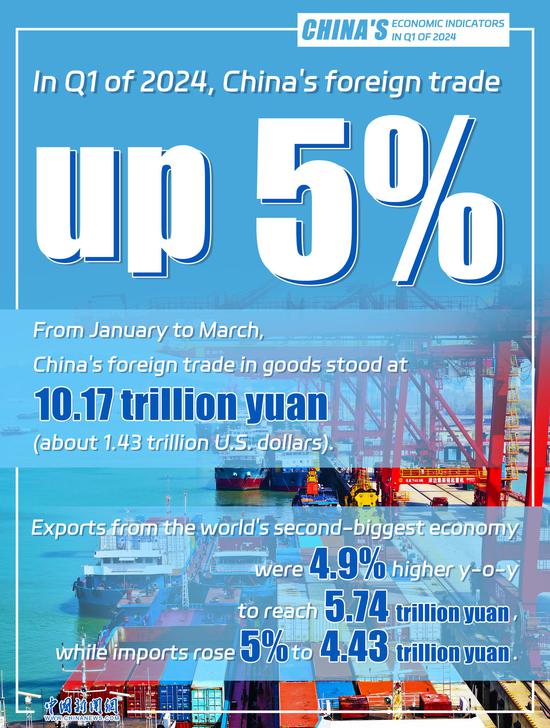
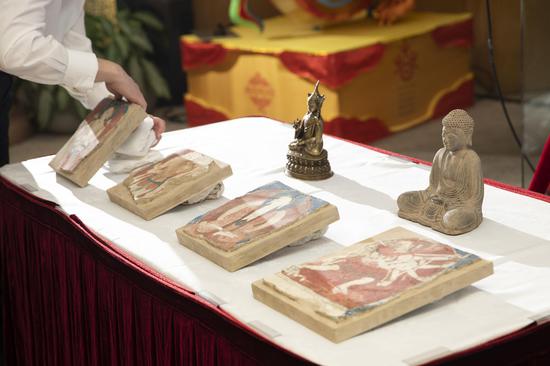





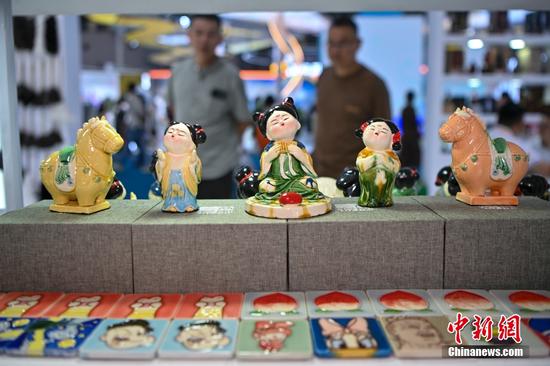


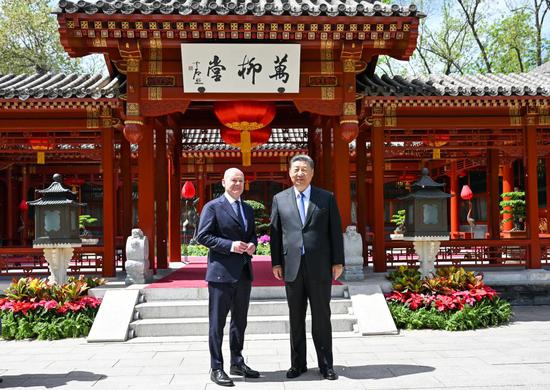

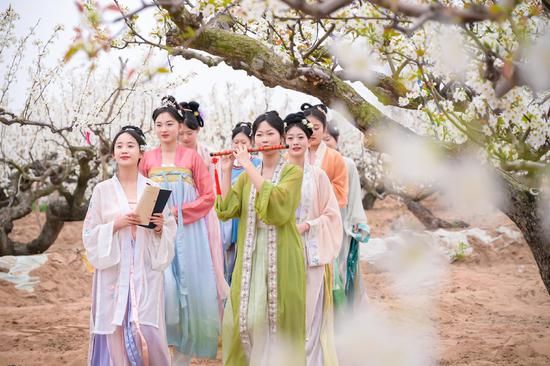

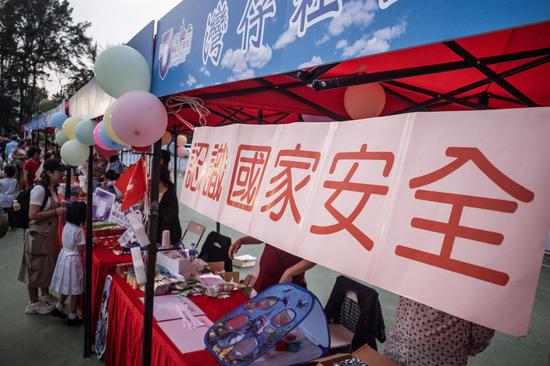


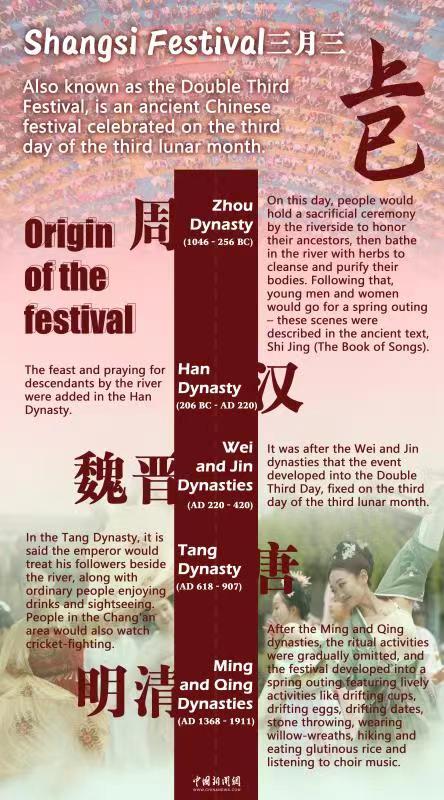



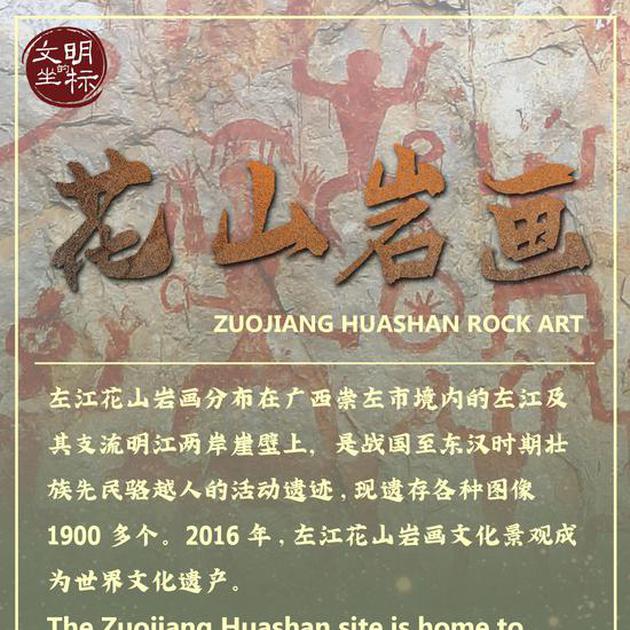
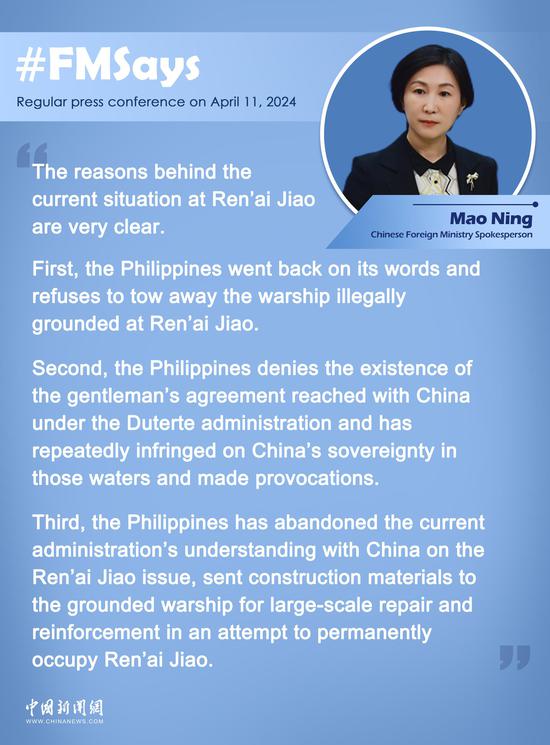
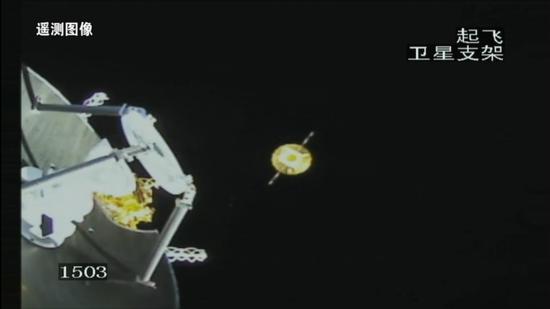

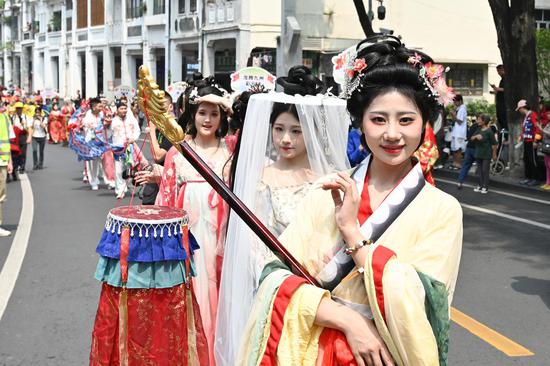

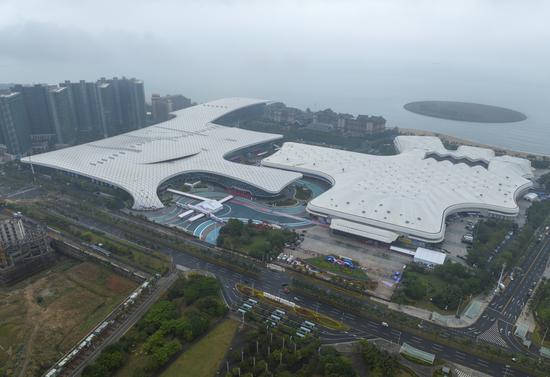



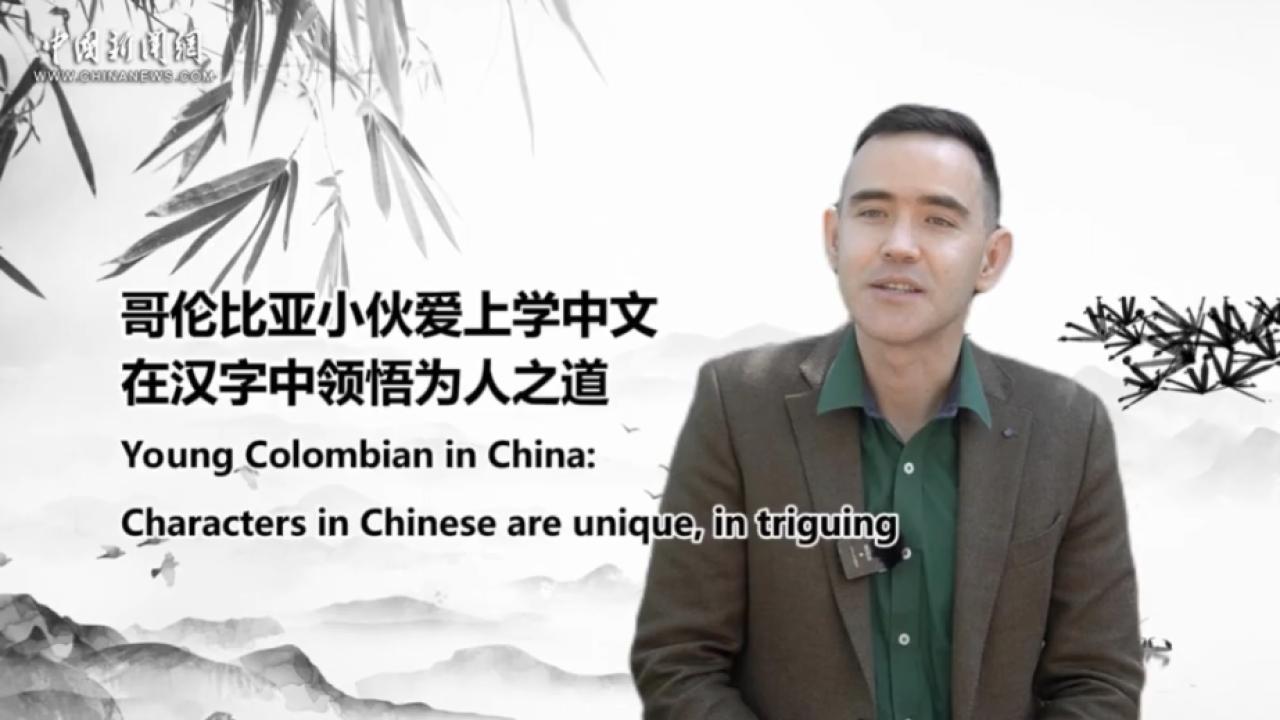



 京公网安备 11010202009201号
京公网安备 11010202009201号